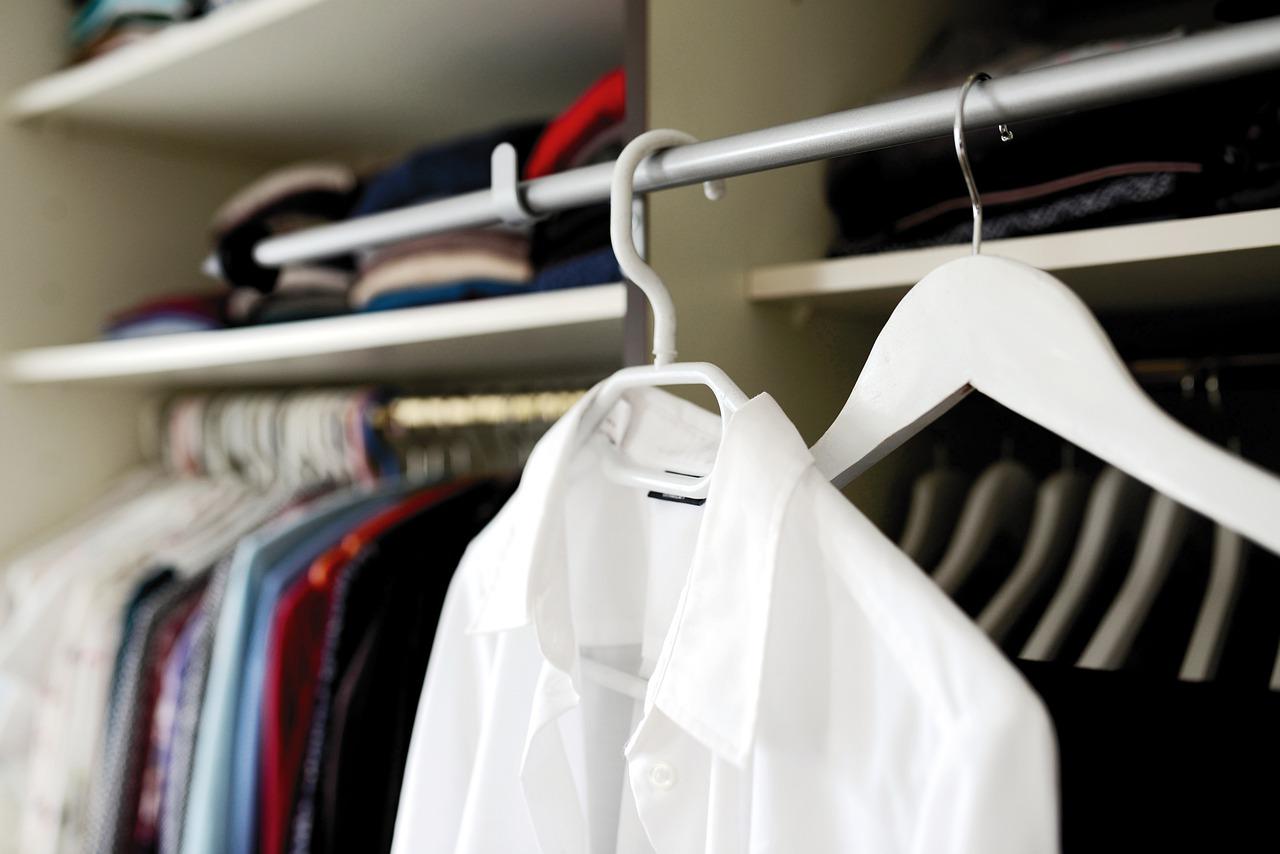
Vocabulary:
I will read the words, meanings, and sample sentences. Then, repeat after me.
- unsustainable /uhn-suh-STEY-nuh-buhl/
- sector /SEK-ter /
- consumption /kuhn-SUHMP-shuhn/
- disposable /dih-SPOH-zuh-buhl/
- transition /tran-ZISH-uhn/
[adjective] – causing damage to the environment by using more of something than can be replaced naturally
Unsustainable fishing methods should not continue.
[noun] – one of the areas into which the economic activity of a country is divided
The banking sector has lost a lot of money.
[noun] – the act of using, eating, or drinking something
Water consumption decreased during the winter.
[adjective] – a disposable product is intended to be thrown away after use.
She was wearing a disposable diaper.
[noun] – a change from one form or type to another, or the process by which this happens
In the past, this process of transition has often proven difficult.
Article reading:
Please read the whole article. Then, I will check your pronunciation and intonation.
In certain nations, more clothing is being purchased than ever before, yet this trend is unsustainable. Would a “wellbeing wardrobe” be beneficial?
If nothing changes soon, the fashion sector may consume 25% of the world’s remaining carbon budget by 2050 to keep global warming below 2°C and 35% more land by 2030 to produce fiber. This may seem unbelievable, but it’s not. While the amount of time we spend wearing clothing has decreased by over 40% over the previous 15 years, clothing production has more than doubled. People in the EU are purchasing more apparel than ever while spending less money because of declining prices. This cannot continue. There must be a sacrifice. A “wellbeing wardrobe” was suggested in recent research as a new direction for design in which human and environmental health are prioritized over the ever-increasing consumption of disposable quick fashion. How would that appear? It would include each of us buying up to 75% fewer new garments each year, investing in durable clothing, and recycling our clothing when it has served its purpose. For the industry, this would entail addressing low wages for those who produce clothing as well as providing assistance to workers who might lose their jobs as the sector makes the transition to a more sustainable one.
It won’t be easy to change the fashion industry’s constant development model to a sustainable one. But rather than letting a tidal surge of unnecessary clothing consume resources, energy, and our extremely limited carbon budget, we should take action to determine the future of fashion and work toward a wardrobe good for people and the Earth.
If nothing changes soon, the fashion sector may consume 25% of the world’s remaining carbon budget by 2050 to keep global warming below 2°C and 35% more land by 2030 to produce fiber. This may seem unbelievable, but it’s not. While the amount of time we spend wearing clothing has decreased by over 40% over the previous 15 years, clothing production has more than doubled. People in the EU are purchasing more apparel than ever while spending less money because of declining prices. This cannot continue. There must be a sacrifice. A “wellbeing wardrobe” was suggested in recent research as a new direction for design in which human and environmental health are prioritized over the ever-increasing consumption of disposable quick fashion. How would that appear? It would include each of us buying up to 75% fewer new garments each year, investing in durable clothing, and recycling our clothing when it has served its purpose. For the industry, this would entail addressing low wages for those who produce clothing as well as providing assistance to workers who might lose their jobs as the sector makes the transition to a more sustainable one.
It won’t be easy to change the fashion industry’s constant development model to a sustainable one. But rather than letting a tidal surge of unnecessary clothing consume resources, energy, and our extremely limited carbon budget, we should take action to determine the future of fashion and work toward a wardrobe good for people and the Earth.
Discussion Questions:
I will read each question. Then, please answer them.
- How often do you go shopping for clothes? Could you tell me about it?
- Do you buy clothes even if you do not need them? Why or why not?
- Would you prioritize human and environmental health over fashion? Why or why not?
- Do you agree that it will not be simple to change the fashion industry’s constant development model to a sustainable one?
- What do you think of a sustainable industry?
Summarization
Please summarize the whole article using your own words and expressions. You will have one minute to prepare before you answer.
Describe:
Please explain the definition of each word listed below based on your understanding. You can provide example sentences if needed.
- trend
- beneficial
- consume
- apparel
- address